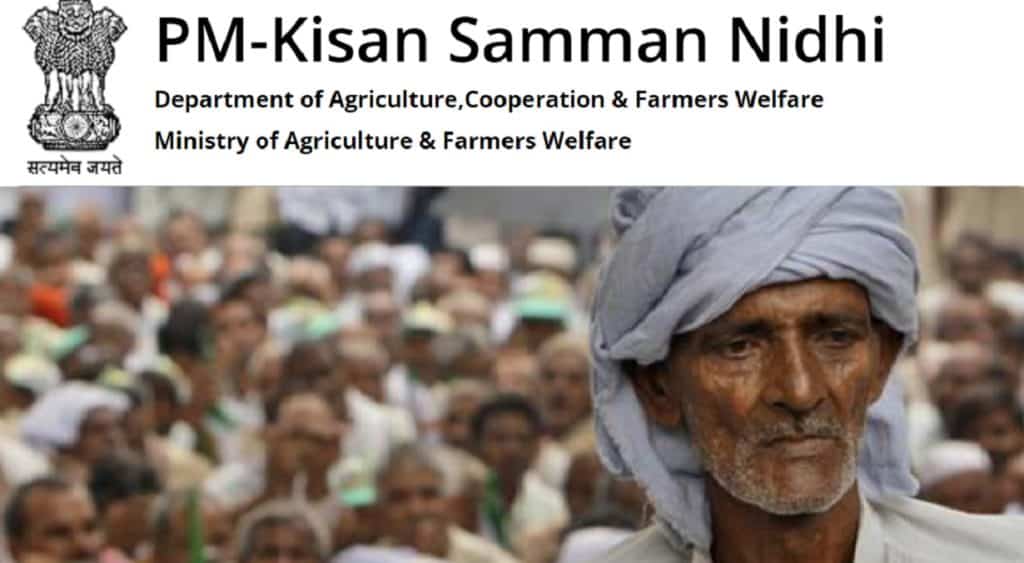Government has cut PM-Kisan scheme allocation in budget 2020 by almost 27.5%. It has proposed a lower allocation of Rs 54,370.15 crores for the next fiscal as against allocation of Rs 75,000 crores this year.
PM-Kisan Budget 2020 Cut
PM-Kisan scheme pays Rs 6,000 per year in three equal installments to eligible farmers. Besides, the government relaxed the landholding limit to be eligible for the benefits to large farmers. The government has distributed around Rs 43,000 crores to eight crore farmers under the PM-Kisan scheme so far. Also, the government has lowered its estimation for beneficiary farmers from 14.5 crores to 14 crores. Sources confirmed that the reduction is under a revised estimate for the current year as several have not rolled out for the scheme.
Reasons for Reduction
Out of 95 million farmers registered for the benefits, only 75 million have been Aadhar verified so far. However, the government aimed to transfer money to around 145 million farmers. Agriculture Minister, Narender Singh Tomar, stated that the government has asked for data from state governments. In other words, the transfer of money to Aadhar verified accounts depends on data furnished by state governments.
Refusal by States on PM-Kisan
The central government blamed states for not keeping up with them. Apart from West Bengal, some other states are also slow in implementing the scheme. While Chhattisgarh has identified half of its farmers, Bihar has determined only one-third of farmers eligible for the scheme. Similarly, Madhya Pradesh, Rajasthan, Maharashtra, Andhra Pradesh, and Karnataka have recognized around 55% of its farmers beneficiaries. On the other hand, UP has verified 85% of 25 million farmers whereas Rajasthan identified 80% of its farmers as beneficiaries.
Challenges of PM-Kisan
The former agriculture secretary stated that the success of the scheme depends on timely disbursal. The money must get transferred before sowing so that farmers can invest properly. Besides, lack of cooperation from states is also a hurdle as West Bengal with around 70 lakh potential beneficiaries refused to participate. Apart from this, collecting reliable data is also a challenge for the government.
In conclusion, the center has done a great job through this scheme to uplift farmers. Now it is states turns to cooperate with the center to aid farmers.

